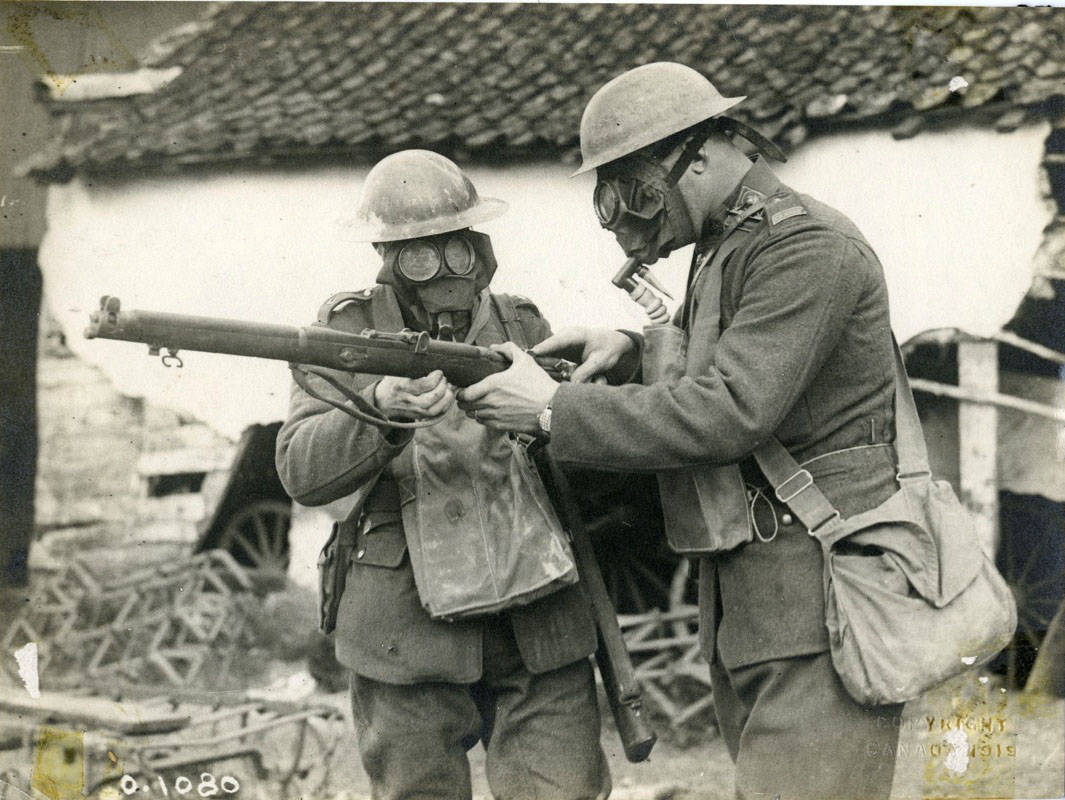Earlier this year, there was a lot of attention given to the 100th Anniversary of the Battle of Vimy Ridge.
Vimy was one of the great victories for the Canadian military in the First World War. For many, Vimy has also come to symbolize the development of Canada as a proud nation on the international stage.
However, another great battle of the First World War, which was also considered a remarkable victory of the Canadians, has largely been forgotten. This was the Battle of Hill 70 which was fought between Aug. 15th and 25th, 1917 on the outskirts of Lens in northern France.
Initially, the great assault was not conceived as a way to capture significant strategic positions. Instead, the Allied High Command looked to the Canadian Corps to draw German troops away from the Third Battle of Ypres, in particular from the fighting around Passchendaele, which was already going badly.
Hence, the initial plans were to have the Canadians capture the coal mining and industrial city of Lens, which had been largely destroyed in earlier fighting.
The new commander of the Canadian Corps, Lieut. General Arthur Currie, who had demonstrated his skill and leadership at Vimy Ridge, vehemently objected.
While the Allied Command hoped that the Canadians would inflict heavy losses on the Germans, Currie accurately predicted that a direct assault on Lens would leave his men dangerously exposed to enemy fire. It would then be the Canadians who would suffer heavy casualties.
Consequently, Currie was able to convince the High Command to have the Canadians attack the nearby Hill 70 first.
Once this higher ground was secured, the Canadians would be in a much better position to repulse the inevitable enemy counter-attacks and then attack Lens itself.
The Canadians used the lessons learned at Vimy Ridge for the new challenge.
They carefully prepared for the assault. They also used precision barrages of artillery to break up enemy defensive positions and to provide protection to the advancing troops in the battle.
The successes of the first day assaults on Aug. 15th were remarkable.
The Canadians quickly achieved almost all of their objectives. Once Hill 70 was captured, the Canadians effectively used massed machine gun fire and precision artillery barrages to beat back the German counter attacks.
However, the fighting was fierce and brutal.
The Germans began to fire thousands of new Yellow Cross mustard gas shells at the Canadians. They also counter-attacked using flame throwers.
Horrific casualties were inflicted. Nevertheless, the Canadian positions largely held.
Things did not go well with the assaults on Lens itself. The Germans were entrenched in deep dugouts, highly fortified trenches and connecting tunnels.
The Canadians suffered such heavy losses that the assaults had to be called off.
For some, the impressive victory at Hill 70 was diminished by the failures at Lens. Moreover, despite Currie’s best efforts, the Canadian losses were enormous.
There were nearly 9,200 casualties, with more than 3,500 occurring on the first day alone.
Central Alberta was particularly hard hit.
The 50 Battalion was part of the heavy fighting on the outskirts of Lens. Most of the men who had joined up with the local 187 Battalion in the summer of 1916 had been transferred into the 50 because of the heavy losses already suffered by that latter battalion.
Now these men of the 187, many of whom were teenagers, suffered heavy casualties.
According to reports in the newspapers, seven local young men lost their lives in the 10 days of fighting at Hill 70 and Lens. More than 30 more were wounded, many of whom were gassed.
It was a terrible blow to a community which had already experienced searing losses in the War.



